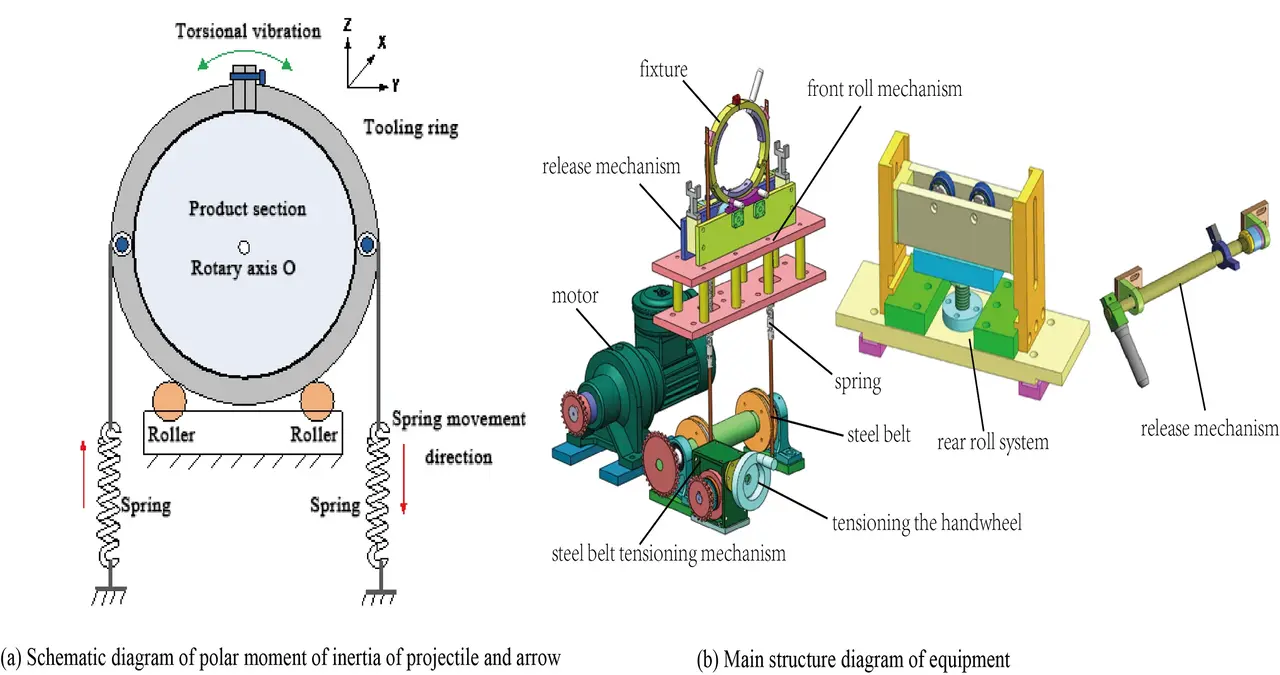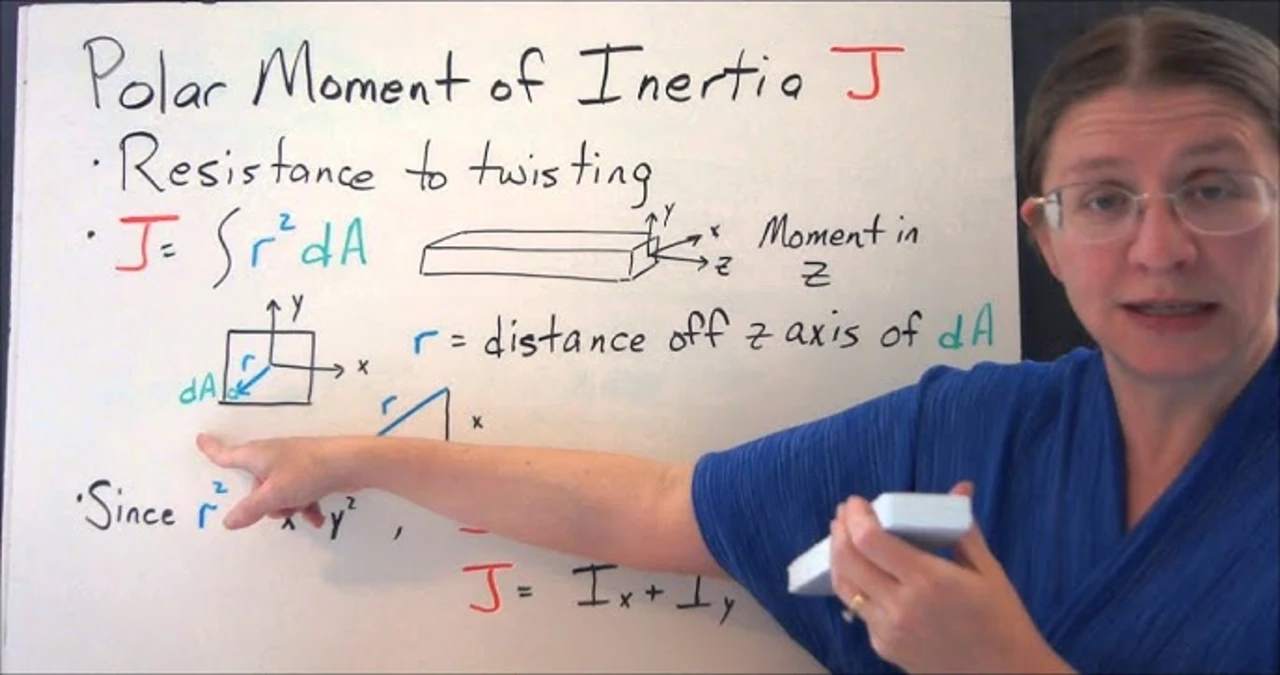Table of Contents
ToggleIntroduction to Polar Moment of Inertia
Understanding the forces at play is essential in engineering design. One crucial concept that often flies under the radar yet holds immense importance is the polar moment of inertia. This term might sound technical, but its implications are far-reaching in various engineering fields. Whether you’re designing a bridge, analyzing mechanical components, or working on aerospace structures, mastering this concept can make all the difference.
The polar moment of inertia essentially measures an object’s resistance to torsional deformation—think twisting and turning under stress. As projects become more complex and demanding, effectively applying this principle can enhance safety and performance while keeping costs manageable.
Let’s explore why this seemingly simple measure plays such a significant role in real-world engineering projects and its diverse applications across different sectors. The world of structural integrity awaits!
Importance in Engineering Design

The polar moment of inertia is a critical factor in engineering design. It helps engineers understand how a structural element will respond to torsional forces. This understanding is vital for ensuring safety and functionality.
Knowing the polar moment of inertia allows for accurate predictions about the behaviour of components like beams, shafts, or columns under load. A higher value indicates more excellent resistance to twisting, which can lead to more robust designs.
Moreover, it directly impacts material selection and cost-effectiveness. By calculating the necessary polar moments, engineers can optimize materials while meeting performance criteria.
Incorporating this parameter into design processes enhances overall project efficiency. It ensures that structures meet regulations and perform as intended over time without excessive wear or failure risks.
Applications in Structural Engineering
The polar moment of inertia is pivotal in structural engineering, particularly in designing beams and shafts. Engineers utilize this concept to analyze torsional resistance, ensuring that structures can withstand twisting forces without failing.
Understanding how materials react under stress is vital when designing bridges or high-rise buildings. The polar moment helps predict how these structures behave when subjected to loads and rotations.
Materials with higher polar moments demonstrate greater strength against torsion, guiding engineers in material selection for various applications. This ensures safety while optimizing weight and cost.
Additionally, the polar moment aids in creating efficient cross-sectional shapes. For instance, hollow sections are often preferred to maximize strength-to-weight ratios while minimizing material usage.
Integrating the polar moment of inertia into designs enhances functionality and durability across numerous structural projects.
Examples of Real-World Projects Utilizing Polar Moment of Inertia
The polar moment of inertia is crucial in various engineering projects across different sectors.
For instance, engineers use this concept to design bridges to ensure stability and reduce torsional stress. The Golden Gate Bridge incorporates advanced calculations involving polar moments to withstand harsh winds and heavy traffic.
In aerospace, aircraft wings are carefully designed with high polar moments of inertia to resist twisting during flight. This is vital for maintaining control and ensuring safety.
Additionally, tall buildings like the Burj Khalifa rely on this principle to enhance their structural integrity against lateral forces such as earthquakes or strong winds. Architects achieve height and resilience by optimizing the polar moment of inertia in their framework.
Even the automotive industry utilizes these calculations when designing chassis components that require rigidity while keeping weight minimal. Each application showcases how foundational concepts translate into real-world solutions that significantly impact our daily lives.
Benefits and Limitations of Using Polar Moment of Inertia
The polar moment of inertia offers significant benefits in engineering. It helps engineers assess torsional resistance in circular shafts and beams, ensuring structures can withstand twisting forces. This is crucial for maintaining stability and integrity under various loads.
Additionally, it allows for precise calculations when designing components like axles or driveshafts. By optimizing the geometry of materials, engineers can create lighter yet stronger structures that improve performance while reducing costs.
However, there are limitations to consider. Calculating the polar moment of inertia requires a solid understanding of material properties and geometrical configurations. Errors in measurements or assumptions can lead to inadequate designs.
Moreover, its application is primarily suited for specific shapes such as cylinders or spheres. Engineers must adapt their approach when dealing with irregular forms, where traditional methods may only sometimes apply. Balancing these advantages and challenges is essential for successful project outcomes.
Future Developments and Advancements in its Use
The future of the polar moment of inertia in engineering is bright. As technology evolves, so does our capacity to analyze complex structures more efficiently.
Innovative software tools are emerging that enhance modelling capabilities. These programs integrate machine learning algorithms, allowing engineers to predict structural behaviour under various conditions accurately.
Additionally, advancements in materials science will yield new composites and alloys that optimize weight distribution. This can significantly influence designs where minimizing torsional stress is crucial.
Research into nano-materials promises even finer control over mechanical properties at a molecular level. Such developments could revolutionize how we approach stability and flexibility in design.
As industries prioritize sustainability, engineers may leverage the polar moment of inertia for eco-friendly solutions that minimize waste while maximizing strength. The landscape is changing rapidly, pushing boundaries further than ever before.
Conclusion
The polar moment of inertia is a fundamental concept in engineering, influencing various fields and applications. Its importance cannot be overstated, as it serves as a critical factor in the design and analysis of structures. Understanding how materials resist torsional forces from bridges to skyscrapers ensures safety and efficiency.
In structural engineering, the polar moment of inertia helps engineers select appropriate materials and shapes for components that will experience twisting or rotational loads. This mathematical tool aids in optimizing designs, leading to stronger yet lighter structures.
Real-world projects vividly showcase its relevance. Bridges rely on specific geometries to manage torsion effectively while maintaining aesthetic appeal. Skyscrapers are designed with meticulous attention to their polar moments of inertia to withstand wind forces without compromising stability.
While utilizing the polar moment of inertia has clear benefits—such as improved performance and safety—there are some limitations, too. Engineers must consider material properties and environmental conditions during the design phase.
Looking ahead, technological advancements promise new methods for calculating and applying this property more accurately across different fields. As software tools evolve, predicting how various shapes react under torsion will become increasingly sophisticated.
With ongoing research into innovative materials and construction techniques, the future looks bright for implementing concepts closely tied to the polar moment of inertia in engineering projects..















